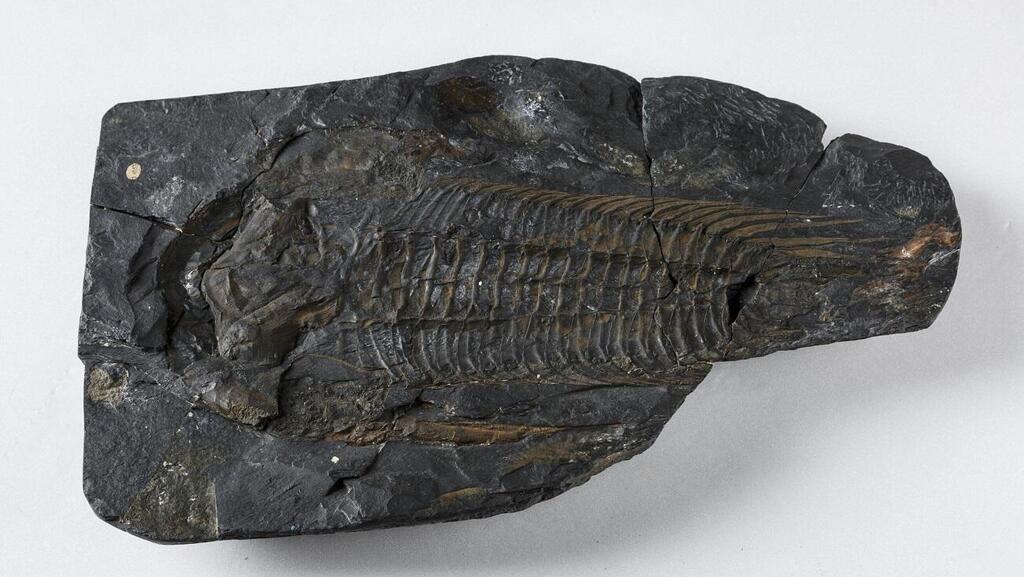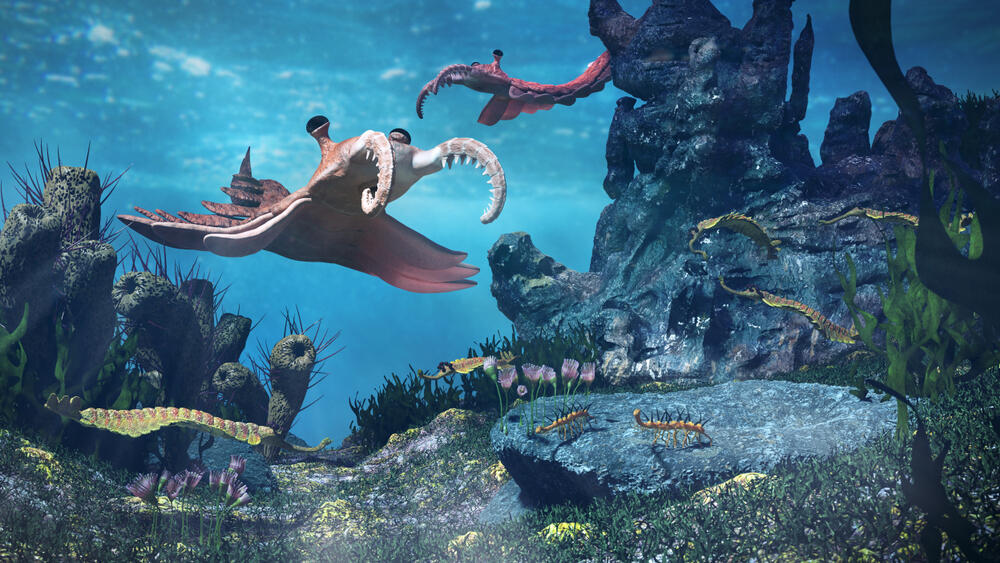Getting your Trinity Audio player ready...
About 500 million years ago, life in the oceans diversified rapidly. In a geological blink of an eye, life transformed from simple, soft-bodied organisms to complex, multicellular organisms with shells and skeletons. Now, a study conducted by researchers from the University of Cambridge has shown that the diversity of the animal world during this period also led to a drastic change in the chemistry of Earth's crust – the outer layer of the geosphere that supports and sustains everything on the planet and provides many essential materials for life.
Other stories:
The researchers identified that following the Cambrian explosion – a term that describes a dramatic change in the rate of species diversification in bilaterians (organisms with bilateral symmetry as an embryo) on Earth – the quantities of zinc, considered a life-bolstering substance, tripled in Earth's crust, supporting the expansion of life on the planet.
Using a database of information on ancient rocks compiled by scientists worldwide, the researchers constructed a map to demonstrate how the chemistry of Earth's crust changed over the past 3 billion years. They discovered that due to the rise in zinc during the Cambrian explosion the content of this key nutrient in Earth's crust rocks continued to increase until today.
Life in all its forms, from the great whale to the tiny plankton, relies on several key components: carbon, hydrogen, nitrogen, phosphorus and sulfur. The researchers chose to focus on phosphorus in their study, because it is not only universally essential for life but also difficult to access due to its confinement within minerals in Earth's crust. Mapping the distribution of phosphorus in Earth's crust rocks over time allows us to identify how much of this essential element is available for supporting life and, in a broader perspective, gain an understanding of the extent of life present on the planet.
As opposed to carbon and nitrogen, which are central components in Earth's atmosphere, phosphorus must be extracted from rocks before it can be utilized. The process begins with the weathering of rocks due to interactions with rainwater, releasing phosphate that is subsequently carried by rivers into the oceans. Once in the oceans, phosphorus undergoes a process of chemical exchange facilitated by organisms such as plankton and algae, which are then consumed by larger organisms higher up in the food chain. When these organisms die, most of the phosphorus is recycled back into the ocean waters. This efficient recycling process serves as a central control on the total amount of phosphorus present in the oceans, which in turn supports the existence of marine life.
2 View gallery


Paradoxides creature, measuring 30 cm in length, which lived during the middle of the Cambrian period
(Photo: Sedgwick Museum)
Additionally, this entire biological process relies on oxygen, which fuels the bacteria responsible for decomposing organic matter and returning phosphorus back to the oceans. The researchers speculated that a spike in oxygen levels around the time of the Cambrian explosion may explain the increase in phosphorus content in rocks. The transfer of phosphorus back toward land meant that it was better preserved in rocks forming the continents.
Nevertheless, Dr. Craig Walton, the leading author of the study, acknowledged the challenge of deciphering the sequence of events – whether complex animal life evolved due to an initial increased supply of oxygen and phosphorus, or if they were primarily responsible for the enhanced availability of both elements, thus remaining a subject of debate. To address this, he and his fellow researchers plan to conduct further studies aiming to delve deeper into the triggers for phosphorus enrichment in Earth's crust.


